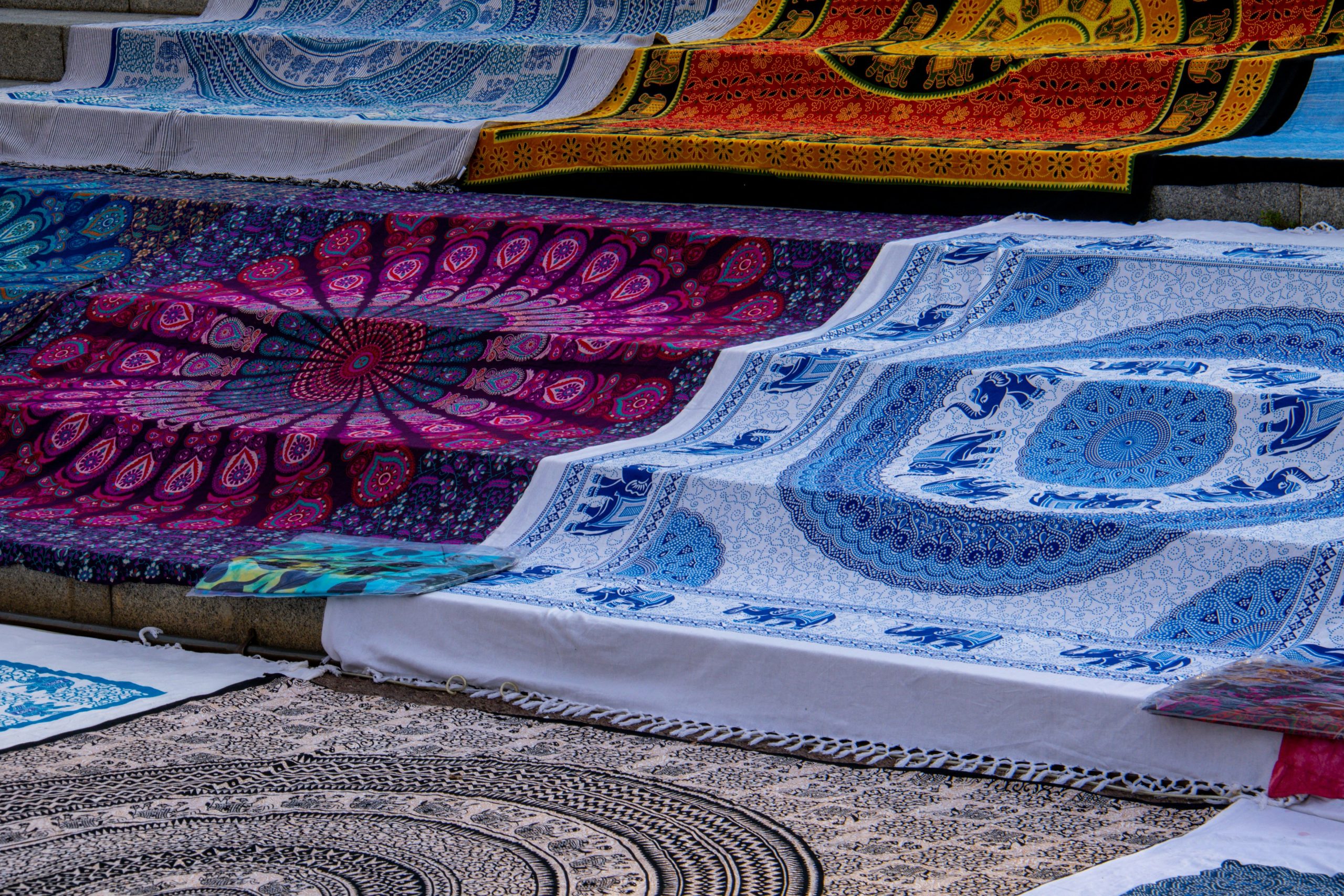The fashion industry is getting a much-needed makeover. For decades, fast fashion has ruled our closets, but its impact on the environment—mountains of textile waste, polluted rivers, and shrinking resources—can’t be ignored. Enter eco-friendly fabrics, the rising stars of green fashion. These fabrics are sustainable, stylish, and kind to the planet, leading the way toward a future where what we wear doesn’t cost the earth.
But what exactly are eco-friendly fabrics, and why are they trending? Let’s explore the materials redefining sustainable style and how they’re shaping the future of fashion.
What Are Eco-Friendly Fabrics?
Eco-friendly fabrics are materials made with sustainability in mind. They are designed to reduce waste, conserve resources, and minimize pollution. These fabrics can come from natural sources like plants or be created from recycled materials, making them gentler on the environment.
Why It Matters:
- Traditional fabrics like polyester and conventional cotton require heavy water use and chemicals.
- Eco-friendly alternatives help reduce carbon emissions, water waste, and pollution.
- They often last longer and feel better on your skin!
Trending Eco-Friendly Fabrics in Fashion
Let’s dive into the most popular sustainable fabrics taking over runways, brands, and closets worldwide:
1. Organic Cotton: The Clean Classic
What It Is: Cotton grown without harmful pesticides, synthetic fertilizers, or genetically modified seeds.
Why It’s Trending:
- Organic cotton uses 91% less water than conventional cotton.
- It’s soft, breathable, and perfect for everyday wear.
Where You’ll Find It: Sustainable basics like T-shirts, jeans, and loungewear. Brands like Pact and Kotn are champions of organic cotton.
2. Tencel (Lyocell): The Silky Superstar
What It Is: A fabric made from wood pulp, often from eucalyptus trees, using a closed-loop system where 99% of water and chemicals are reused.
Why It’s Trending:
- It’s soft as silk and gentle on sensitive skin.
- Tencel production saves water and avoids harmful waste.
Where You’ll Find It: Dresses, activewear, and bedding. Brands like Reformation and Allbirds swear by Tencel.
3. Hemp: The Eco-Powerhouse
What It Is: A durable fabric made from the fast-growing hemp plant, which requires minimal water and no pesticides.
Why It’s Trending:
- Hemp fabrics are breathable, naturally anti-bacterial, and get softer with every wash.
- It absorbs CO₂ while it grows, helping combat climate change.
Where You’ll Find It: Casual clothing, shirts, and accessories. Hemp is the eco-warrior’s fabric of choice!
4. Recycled Polyester: Trash Turned Treasure
What It Is: Polyester made from recycled plastic bottles, ocean waste, or old clothes.
Why It’s Trending:
- It reduces the need for new plastic production and keeps waste out of landfills.
- It’s durable, lightweight, and versatile for activewear and outerwear.
Where You’ll Find It: Athletic wear, puffer jackets, and swimsuits. Brands like Patagonia and Girlfriend Collective lead the way.
5. Bamboo Fabric: Nature’s Soft Touch
What It Is: Fabric made from the pulp of bamboo plants, which grow quickly and naturally without pesticides.
Why It’s Trending:
- Bamboo fabric is ultra-soft, breathable, and moisture-wicking.
- It’s a renewable resource with minimal environmental impact.
Where You’ll Find It: Underwear, T-shirts, and sleepwear. Look for brands like Boody and Cariloha.
6. Piñatex: Leather Made from Pineapple Leaves
What It Is: A vegan leather alternative made from pineapple leaf fibers—a byproduct of the fruit industry.
Why It’s Trending:
- It’s cruelty-free, biodegradable, and reduces agricultural waste.
- Piñatex offers a chic, sustainable alternative to traditional leather.
Where You’ll Find It: Bags, shoes, and accessories. Brands like Hugo Boss and H&M Conscious are experimenting with Piñatex.
7. Econyl: Regenerated Nylon
What It Is: A fabric made from recycled fishing nets, carpets, and other nylon waste.
Why It’s Trending:
- It cleans up oceans by repurposing waste into new, durable materials.
- It performs like traditional nylon but is much kinder to the planet.
Where You’ll Find It: Swimwear, sportswear, and leggings. Look for AURAI Swimwear and Outerknown.
Why Are Eco-Friendly Fabrics Gaining Popularity?
Fashion lovers and brands are realizing that looking good shouldn’t harm the planet. Here’s why these fabrics are taking over:
- Awareness: People are becoming more aware of fashion’s environmental impact.
- Innovation: New technologies are making sustainable fabrics accessible and affordable.
- Style: Sustainable fabrics look, feel, and perform as well—if not better—than their traditional counterparts.
Plus, they send a powerful message: fashion can be both beautiful and responsible.
How to Add Eco-Friendly Fabrics to Your Wardrobe
- Start Small: Replace basics like T-shirts or socks with organic cotton or bamboo alternatives.
- Check Labels: Look for terms like “organic,” “recycled,” and certifications like GOTS (Global Organic Textile Standard).
- Support Ethical Brands: Brands focusing on sustainable fabrics deserve your support.
- Thrift and Swap: Look for secondhand pieces made of eco-friendly materials—you’ll give them a second life.
The Final Note: The Future is Green
The rise of eco-friendly fabrics isn’t just a trend—it’s the future of fashion. With materials like organic cotton, recycled polyester, and Piñatex leading the way, the fashion industry is moving toward a more sustainable tomorrow.
So, next time you shop, remember: every choice you make—every fabric you pick—has the power to create change. Choose wisely, dress consciously, and let your wardrobe be as kind to the planet as it is to your style.
Because fashion doesn’t have to cost the earth—it can help save it.
